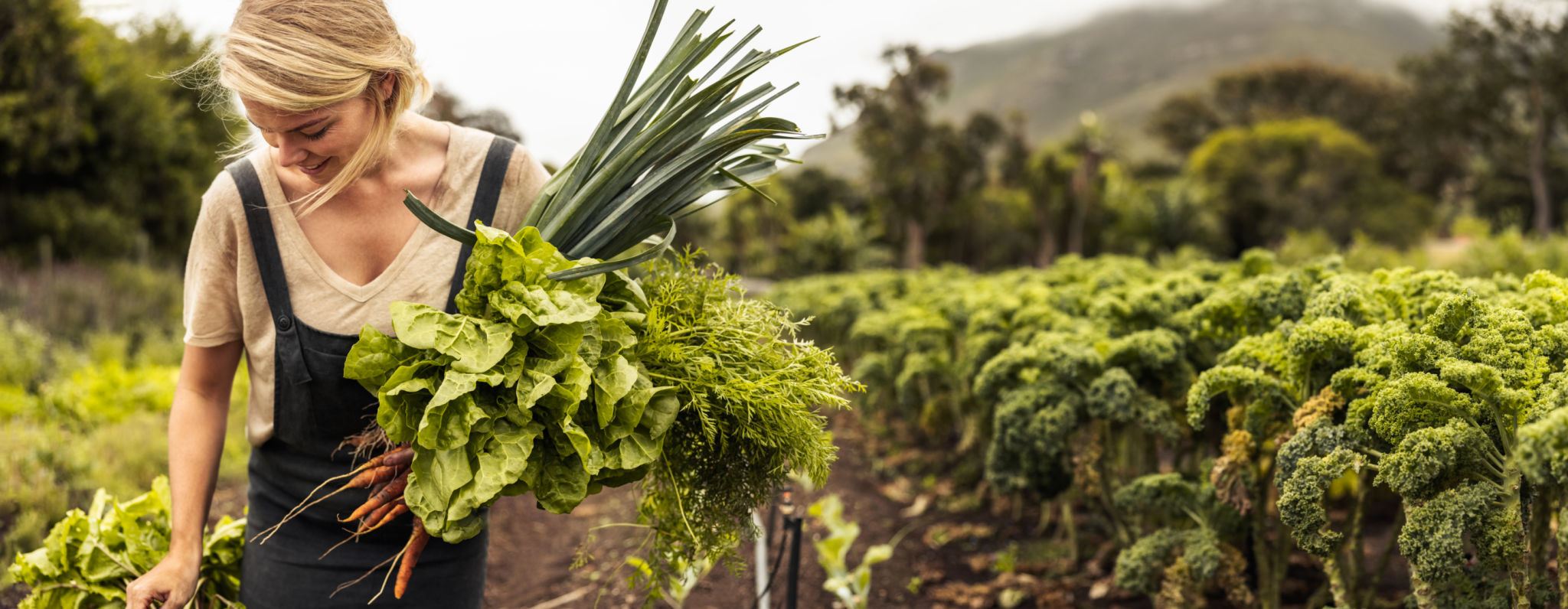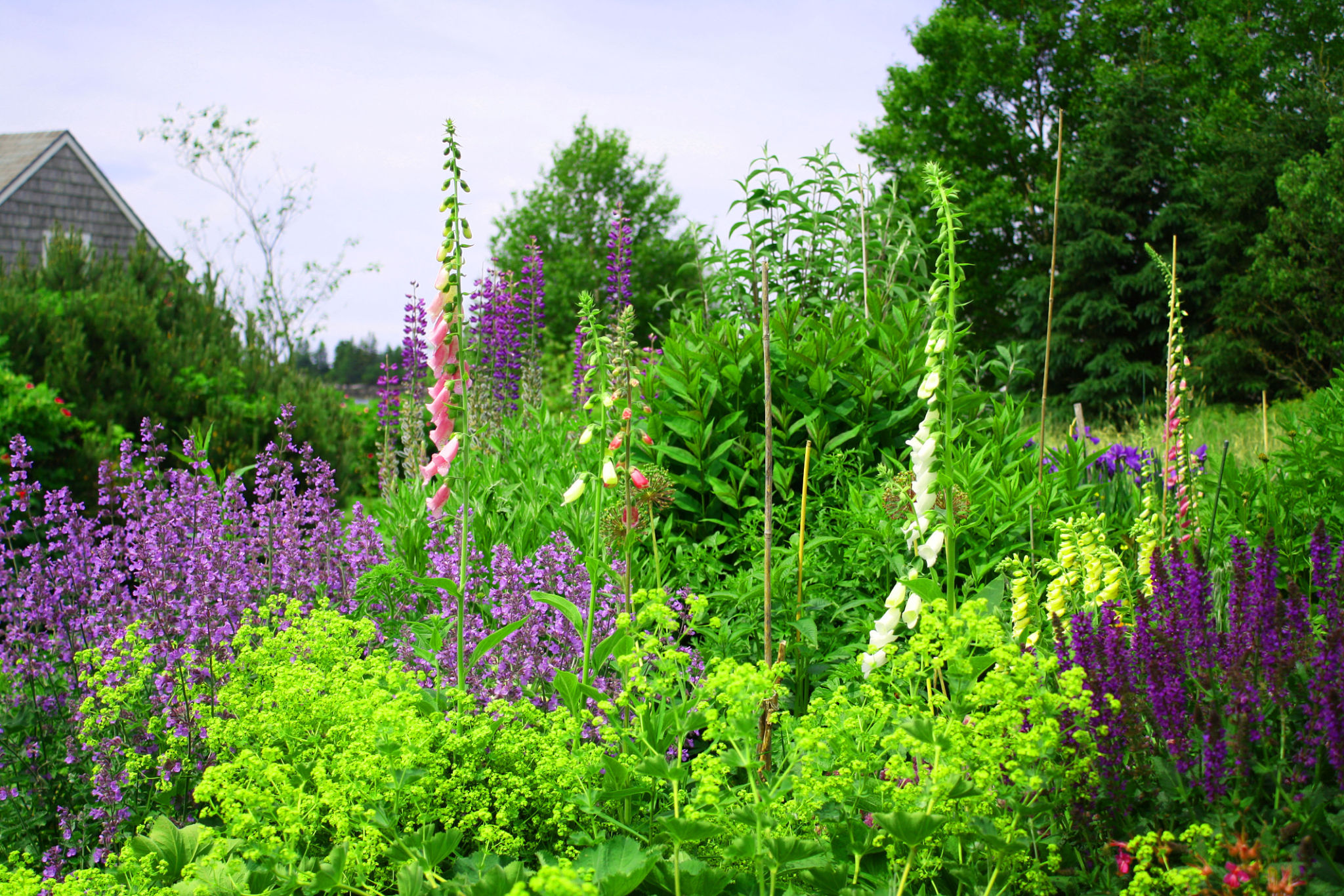Eco-Friendly Gardening: Sustainable Practices for Your Edible Garden
Understanding Eco-Friendly Gardening
Eco-friendly gardening is a practice that focuses on sustainability and environmental responsibility. It involves using methods that are beneficial to the environment while promoting the health and productivity of your edible garden. By adopting sustainable practices, you can grow your vegetables, fruits, and herbs while minimizing your ecological footprint.

Composting: Nature's Recycling
Composting is a fundamental element of eco-friendly gardening. It involves breaking down organic waste, such as kitchen scraps and yard debris, into nutrient-rich compost. This natural fertilizer enhances soil quality, promotes plant growth, and reduces the need for synthetic fertilizers. To start composting, set up a compost bin in your garden and regularly add organic materials.
Water Conservation Techniques
Water conservation is crucial in sustainable gardening. Implementing techniques like rainwater harvesting, drip irrigation, and mulching can significantly reduce water usage. Mulching not only retains soil moisture but also suppresses weeds and enhances soil fertility. By optimizing water usage, you contribute to preserving this vital resource and ensure the sustainability of your garden.

Soil Health and Natural Pest Control
Maintaining healthy soil is key to an eco-friendly garden. Rotate crops annually to prevent soil depletion and reduce pest and disease buildup. Incorporating cover crops, such as clover or legumes, can also enhance soil fertility by fixing nitrogen levels naturally. Additionally, encouraging beneficial insects like ladybugs and lacewings can help control pest populations without chemical pesticides.
Choosing Native Plants
Incorporating native plants into your edible garden is a sustainable choice that supports local ecosystems. Native plants are adapted to the local climate and soil conditions, requiring less water and maintenance. They also attract local pollinators, which are vital for the success of your garden. Research native plant species that thrive in your area to incorporate them into your garden design.

Companion Planting for Sustainability
Companion planting is a technique where different plant species are grown together to benefit each other. Some plants can repel pests, while others can enhance growth or provide shade. For example, planting basil near tomatoes can improve tomato flavor and repel harmful insects. This practice not only supports plant health but also increases biodiversity in your garden.
Reducing Chemical Usage
Minimizing or eliminating chemical fertilizers and pesticides is a cornerstone of eco-friendly gardening. Instead, rely on organic solutions like neem oil or insecticidal soap for pest control. For fertilization, use compost or organic plant feeds to provide essential nutrients. Reducing chemical usage helps protect beneficial insects and microorganisms critical for soil health.

Harvesting and Sharing the Bounty
An essential aspect of sustainable gardening is mindful harvesting. Pick produce at its peak ripeness to enjoy maximum flavor and nutrition. Consider sharing excess harvests with neighbors or local food banks to prevent waste and foster community connections. By sharing the bounty, you not only enhance sustainability but also promote a sense of community well-being.
Incorporating these eco-friendly gardening practices into your edible garden creates a thriving, sustainable environment that benefits both you and the planet. Embrace these methods to cultivate a garden that is not only productive but also environmentally responsible.